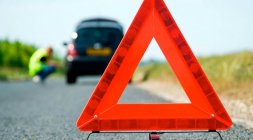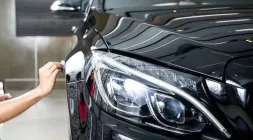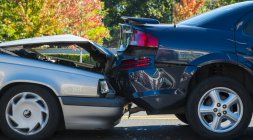Explanation of why a car is easily swept and flipped when passing a spillway
Under the effect of hydropower, slippery and muddy terrain, many cars have received a stiff sentence when passing a spillway.
There have been a lot of accidents in the past when cars are often flipped over when passing through a spillway. Even though it looks simple, the topography of the spillway area poses many hidden risks, which makes even the experienced drivers easily lose control and crash.
To ensure that the car does not drift and keeps moving in the right direction, the vehicle needs a sufficiently large friction force on the road surface. This greatly depends on the nature of the tire, road surface as well as the contact area between the tire and the road.
1. The surface of the spillway
Normally, on the surface of a spillway, there is usually sand, gravel, macadam, so it is dangerous even during the low-water season. It is these materials that will reduce the contact area of tires and roads, causing a reduction in friction and making the car slip.
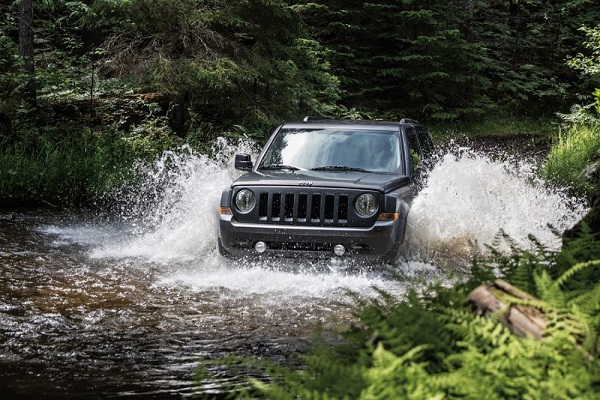
Explain the cause of car drift and roll-over when passing through a spillway
In addition, during the high-water season, the surface of the dam is often covered with mud and water, which lowers the friction between the tire and the road. Inexperienced drivers often drive anxiously through the area, resulting in hitting hard the gas pedal and speeding through the dam, which leads to the loss of vehicle control. Similarly, when driving through muddy lands, it is advisable to move slowly, steadily, and avoid sudden acceleration or sudden braking.
2. Pass through the spillway when it is flooded
It is fairly basic to apply Archimedes' principle to the situation when you cross a spillway.
Water has a specific gravity of 1 ton/m3, which is multiplied by the volume of water occupied by the car to be equal to the upward buoyant force against downward gravity. For example, when the car occupies 1 m3 of water, the pressure of the car on the road surface will be reduced 10,000 N, which means that the road friction is greatly reduced compared to that when moving on the normal road surface.
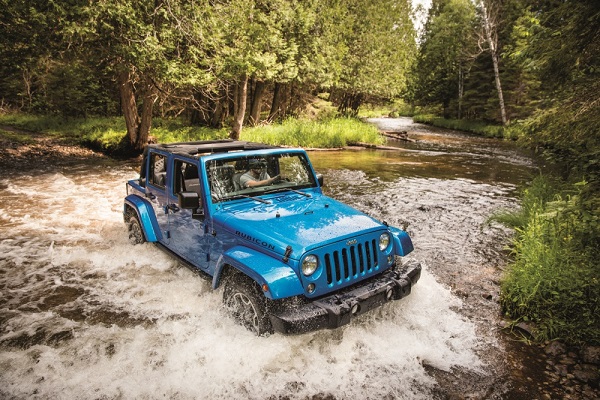
The loss of pressure on the road surface is also a central factor that makes the vehicle susceptible to be swept away
In addition to the loss of friction, the loss of pressure on the road surface is also a central factor that makes the vehicle susceptible to be swept away. In fact, there are only a few useful ways to avoid the friction loss when passing through a submerged area, so for safety reasons, it is best to avoid going over the dam surface if it is deeply submerged.
3. The thrust of water
As mentioned above, the thrust of the water flow is the most substantial risk. At the same velocity and the same area of contact, water flow can create a thrust 1,000 times greater than the force of the wind. Due to a push combined with the loss of friction, a stream of water even not too strong can also sweep your car.

The thrust of water is one of the factors that most drivers cannot confront
In fact, the thrust of water is one of the factors that most drivers cannot confront. So, when you go through an area of flowing water, you should consider it carefully.
>>> Click to get more helpful tips and advice for safe driving
Tag:
safe driving tipsRECENT ARTICLES
